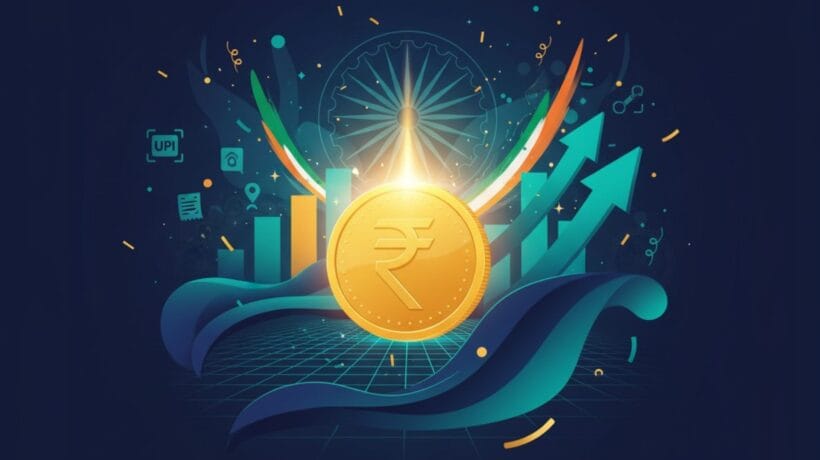India’s GST Collections Hit Record ₹1.89 Lakh Crore Amid GST 2.0 Reforms
GST Collections Hit Record High
India’s GST collections for September 2025 surged to ₹1.89 lakh crore, marking a 9.1% year-on-year increase and 1.5% growth over August 2025.
This comes despite the recent GST 2.0 reforms, which cut rates on 375 items including essentials such as food, medicines, and electronics.
GST 2.0: Rate Structure Overhaul
Effective September 22, 2025, the GST 2.0 structure has simplified the tax regime into four slabs:
0% (Nil): Essentials and select services
5% (Merit Rate): FMCG and mass-consumption items
18% (Standard Rate): Majority of goods & services
40% (Demerit Rate): Sin and luxury goods (alcohol, tobacco, high-end cars, etc.)
This overhaul replaces the previous four-tier system, aiming to boost compliance, ease of doing business, and consumer savings.
Boost for FMCG Sector
The FMCG sector has emerged as one of the biggest beneficiaries, with GST rates cut from 12–18% down to 5%.
This move is expected to revive consumer demand, especially after a slowdown in household consumption funds last year.
Top GST-Contributing States
In H1 FY26, the states of Maharashtra, Karnataka, Tamil Nadu, Gujarat, and Uttar Pradesh contributed over 40% of total GST revenue, highlighting their role as India’s leading consumption and industrial hubs.
Conclusion
The record GST collections underscore India’s economic resilience and the positive impact of GST 2.0 reforms. Lower tax rates for consumers, simplified compliance for businesses, and steady revenue growth for the government suggest a strong outlook for FY26.
FAQ'S
Q1: What was India’s GST collection for September 2025?
₹1.89 lakh crore, the highest ever, with 9.1% YoY growth.
Q2: What is GST 2.0’s new rate structure?
Four slabs – 0% (nil), 5% (merit), 18% (standard), 40% (sin/luxury).
Q3: How does GST 2.0 benefit the FMCG sector?
FMCG items like soaps, shampoos, and packaged foods now taxed at 5%, reducing prices and boosting demand.
Q4: Which states contribute the most to GST collections?
Maharashtra, Karnataka, Tamil Nadu, Gujarat, and Uttar Pradesh.
Q5: Why are GST collections rising despite rate cuts?
Wider compliance, improved tax base, and strong festive-season consumption.





